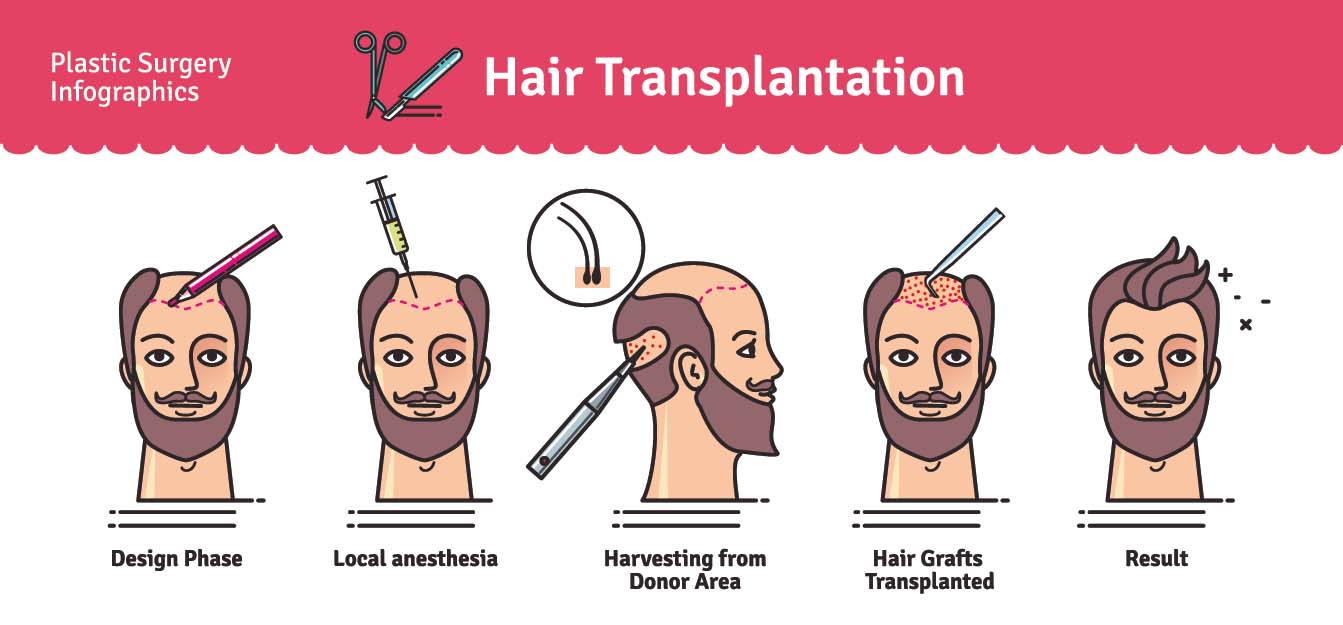
Hair transplants are a popular and effective solution for those experiencing hair loss or thinning hair. But what exactly is the process of a hair transplant, and what can you expect during the procedure? In this blog post, we'll go through the hair transplant process step by step so you have a better understanding of what to expect.
Before your hair transplant procedure, you'll have a consultation with your surgeon to discuss your goals and expectations for the procedure. They will also assess your scalp and hair to determine the best course of action. You may be asked to stop taking certain medications that could interfere with the procedure, such as blood thinners.
It's important to be honest with your surgeon about your medical history and any medications you're currently taking. This will help ensure the best possible results and minimize any potential complications.
There are two main methods for hair transplants: follicular unit transplantation (FUT) and follicular unit extraction (FUE).
FUT involves removing a strip of skin from the back of the head, where hair is typically more resistant to balding. The hair follicles are then separated from the skin and transplanted to the balding area. This method typically requires a longer recovery period and leaves a linear scar.
The FUE (follicular unit extraction) technique is a method of hair transplantation in which individual hair follicles are removed from the donor area and transplanted to the recipient area. Here is a general outline of the steps involved in the FUE hair transplant procedure:
After your hair transplant, you'll likely experience some swelling and discomfort for the first few days. Your surgeon will provide you with specific instructions for caring for your scalp and transplanted hair during the recovery period. This may include taking medication to manage pain and prevent infection.
It's important to follow your surgeon's instructions carefully to ensure the best possible results. You'll also need to be gentle with your hair and avoid certain activities, such as sports or swimming, for a certain period of time.
You'll begin to see new hair growth within a few months of the procedure, and the full results of your hair transplant will be visible within a year.